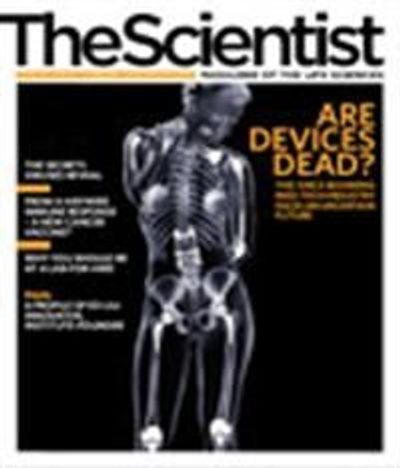
The paper:
C.-L. Wei et al., "A global map of p53 transcription-factor binding sites in the human genome," Cell, 124:207-19, 2006. (Cited in 184 papers)
The technique:
Yijun Ruan, of the Genome Institute of Singapore, and colleagues wanted a better way to study where transcription factors (TFs) bind to DNA. They developed a genome-wide technique using chromatin immunoprecipitation (ChIP), which isolates DNA bound to proteins such as transcription factors. They then sequenced the DNA using a novel paired end ditag (PET) method which tags both 3' and 5' end of the DNA.
The findings:
Using the tool called ChIP-PET, on p53, Ruan et al. identified 542 binding sites, 98 of which were located on previously unidentified genes.
The follow-up:
Since 2006, ChIP-sequencing methods, like ChIP-PET, have become commonly used, says Mark Biggin, at the Ernest Orlando Lawrence Berkeley National Laboratory, for studying whole genome...
The future:
To examine the remaining 382 binding sites not associated with genes, called distal binding sites, Ruan's group developed a method called ChIA-PET, short for chromatin interaction analysis. By capturing the distal TF binding sites that loop around to interact with other regions of DNA, Ruan hopes to uncover whether these sites are merely parking spaces for inactive TFs or act on DNA directly.
| Binding sites | No. Associated Genes | |
| Previous studies | ~50-100 | 24 |
| ChIP-PET | 542 | 122 (98 novel) |
| Riley et al. validation | 160 | 122 |
Interested in reading more?
